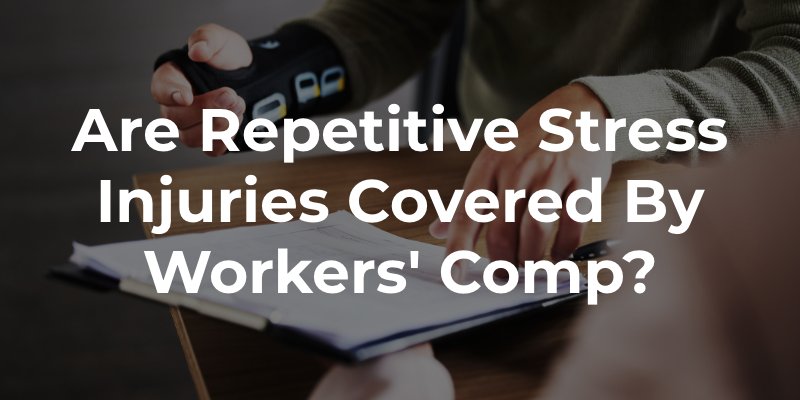Our attorneys have been assisting the Orange County and Southern California communities for over 40 years.
Repetitive stress injuries (RSIs), sometimes referred to as repetitive motion injuries or simply “stress injuries,” afflict millions of people across the country each year. These injuries sometimes happen due to on-the-job duties, such as repeating the same motions repeatedly without proper equipment, training, or ergonomic devices. Here, we want to discuss whether or not workers’ compensation benefits cover repetitive stress injuries. Hint – they almost always do.

Repetitive stress injuries can have significant long-term effects on employees’ health and productivity. Some of the most prevalent workplace RSIs San Bernardino workers sustain include:
Workers’ compensation covers a variety of needs for employees who sustain workplace injuries, including repetitive stress injuries. These coverages include:
One of the most challenging aspects of recovering workers’ compensation benefits for repetitive stress injuries is showing that the injury actually occurred as a result of on-the-job duties. Because these injuries often take longer to arise, an argument could be made that activities outside of the workplace also contributed to the injury. Workplace repetitive stress injury victims should seek assistance from a workers’ comp attorney who can help walk them through the process of proving these particular claims.